Throughout recorded history, humans have embarked on monumental engineering projects, leaving behind remarkable structures that continue to defy the passage of time. This article explores ten ancient civil engineering projects that not only have stood the test of time but still actively serve their original or adapted purposes.
- 1. Furlo Pass Tunnel (Via Flaminia), Italy
- 2. Gonabad Qanat Water Management System, Iran
- 3. Cloaca Maxima (Grand Sewer), Rome
- 4. Mahiyangana Raja Maha Vihara Stupa, Sri Lanka
- 5. Hammam Essalihine (Bath of the Righteous), Algeria
- 6. Arkadiko Bridge, Greece
- 7. Via Appia (Appian Way), Italy
- 8. Skouriotissa Copper Mine, Cyprus
- 9. Cornalvo Dam, Spain
- 10. Byblos Port, Lebanon
- Conclusion
1. Furlo Pass Tunnel (Via Flaminia), Italy
- Originally Built: Circa 76 AD to 77 AD
- Location: Marche region, central Italy
The Furlo Pass Tunnel, part of the Via Flaminia, remains a testament to Roman engineering. Stretching approximately 126 feet, this tunnel, ordered by the Roman emperor Vespasian, is traversable today, boasting a modern asphalt road.
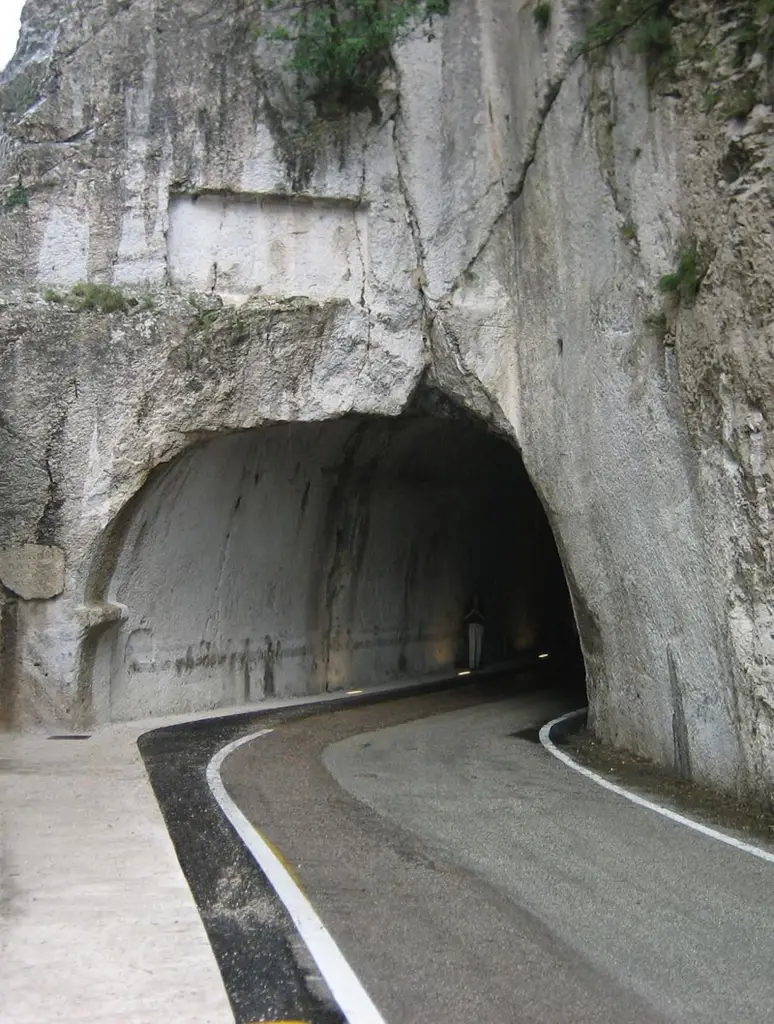
2. Gonabad Qanat Water Management System, Iran
- Originally Built: Circa 700 BC
- Location: Gonabad, Iran
The Gonabad Qanat, an ancient water management system constructed around 2,700 years ago, still supplies water for drinking and agriculture to nearly 40,000 individuals in Gonabad, Iran.
3. Cloaca Maxima (Grand Sewer), Rome
- Originally Built: Circa 600 BC
- Location: Rome, Italy
Built to drain marshes and remove waste from Rome, the Cloaca Maxima, constructed around the 6th century BC, remains an impressive piece of Roman engineering. While parts have been replaced, it is still in use today.
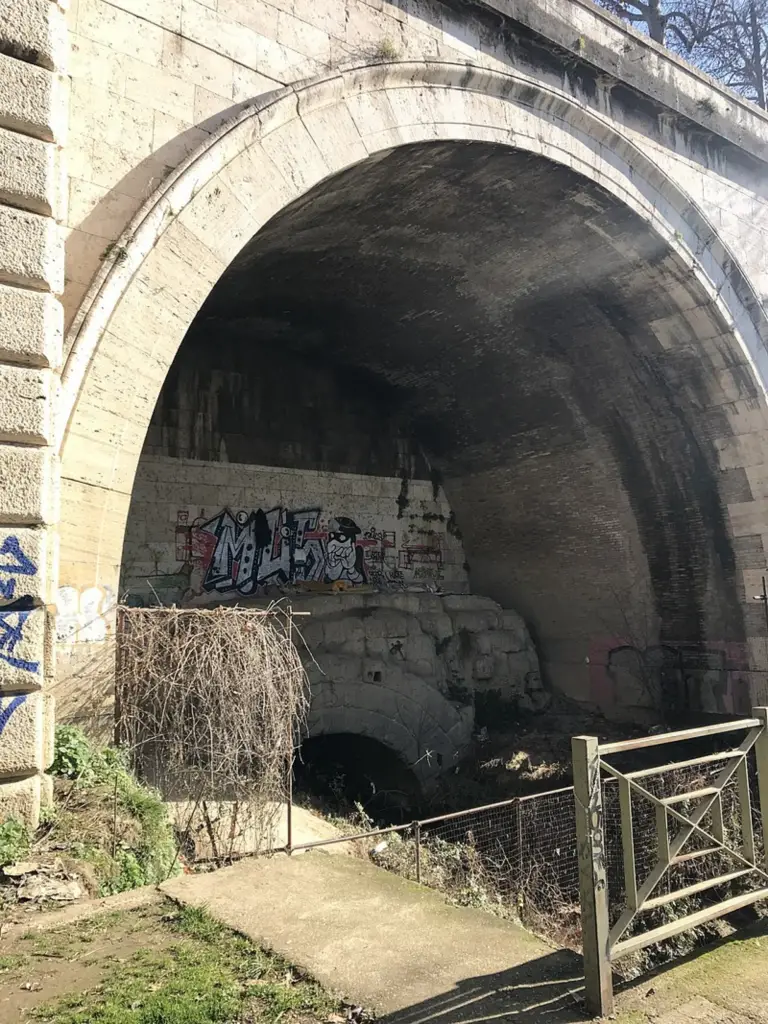
4. Mahiyangana Raja Maha Vihara Stupa, Sri Lanka
- Originally Built: Circa 1st century BC (perhaps older)
- Location: Mahiyangana, Sri Lanka
As one of the oldest stupas in Sri Lanka, the Mahiyangana Raja Maha Vihara Stupa, with an estimated age of over 2,000 years, continues to be a place of pilgrimage and religious significance.
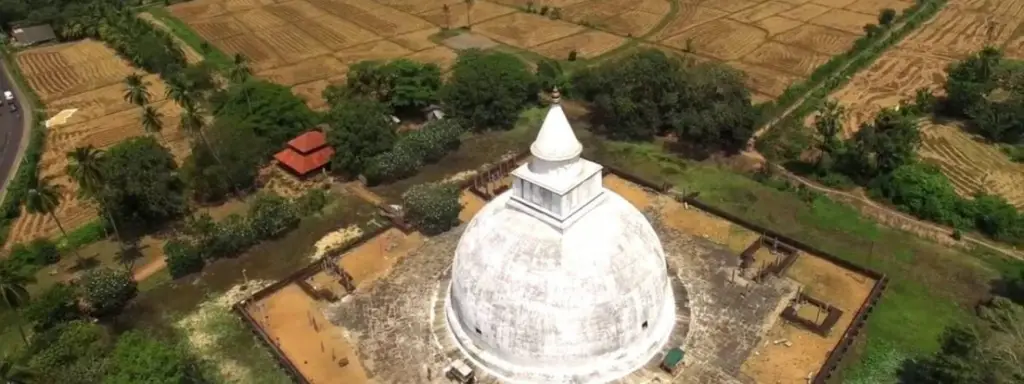
5. Hammam Essalihine (Bath of the Righteous), Algeria
- Originally Built: 69 AD to 96 AD
- Location: Aurès Mountains, Algeria
Constructed during the reign of Emperor Titus Flavius, the Hammam Essalihine (Bath of the Righteous) in Algeria stands as one of the oldest Roman baths still in use, offering locals and tourists the experience of bathing in hydrothermal waters.
6. Arkadiko Bridge, Greece
- Originally Built: Circa 1,300 BC to 1,190 BC
- Location: Near Tiryns to Epidauros, Argolis, Greece
Believed to be one of the oldest arch bridges still in use, the Arkadiko Bridge in Greece, dating back to the Mycenaean period, spans 72 feet and continues to be used by locals.
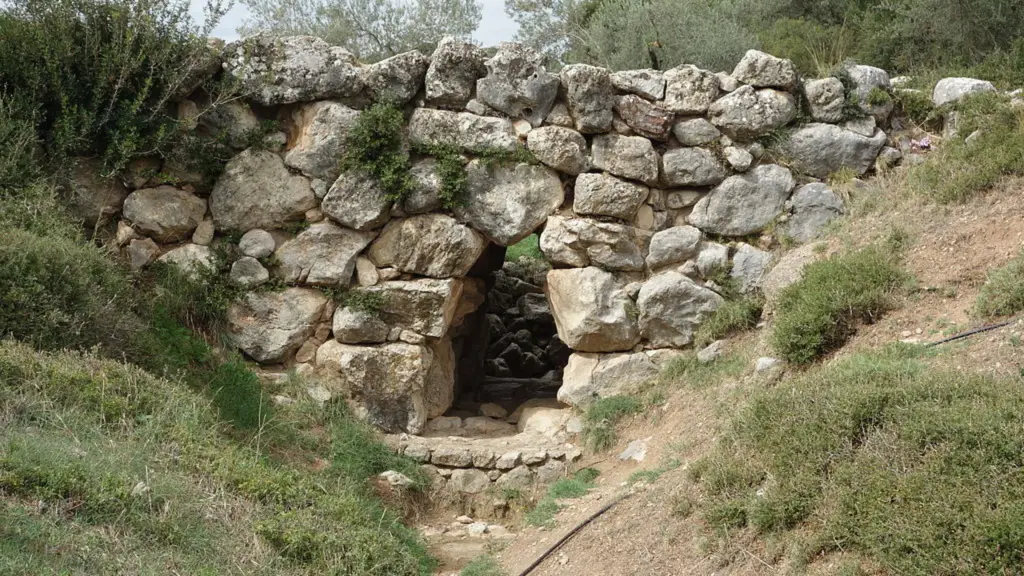
7. Via Appia (Appian Way), Italy
- Originally Built: Circa 312 BC
- Location: Rome to Brindisi, Italy
Certain sections of the Via Appia, constructed in 312 BC, still exist and are functional. Well-preserved segments near Rome allow pedestrians and cyclists to traverse the ancient stone-paved road.
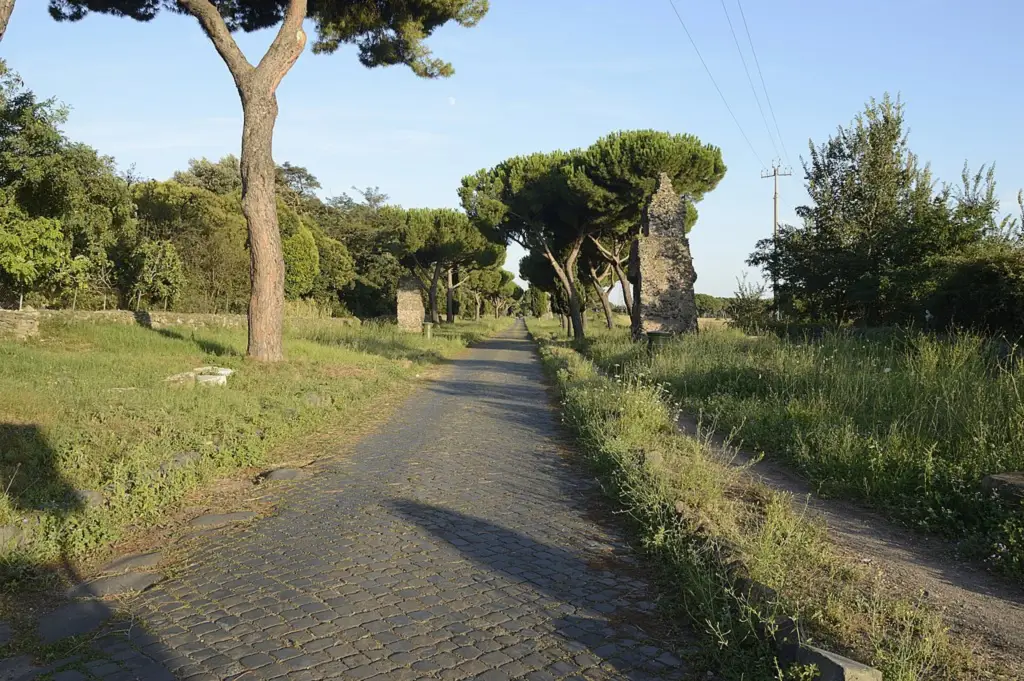
8. Skouriotissa Copper Mine, Cyprus
- Originally Built: Circa 4,000 BC to 3,000 BC
- Location: Skouriotissa, Cyprus
Considered one of the oldest working mines, the Skouriotissa Copper Mine in Cyprus has been operational for over 6,000 years, yielding various mineral commodities, including copper.
Like Us on Facebook!
9. Cornalvo Dam, Spain
- Originally Built: Circa 1st century AD
- Location: Near Mérida, Extremadura, Spain
Constructed by the Romans between the 1st and 2nd century AD, the Cornalvo Dam in Spain stands as one of the oldest operational dams, providing a reservoir for Mérida’s drinking water.
Subscribe Us on YouTube!
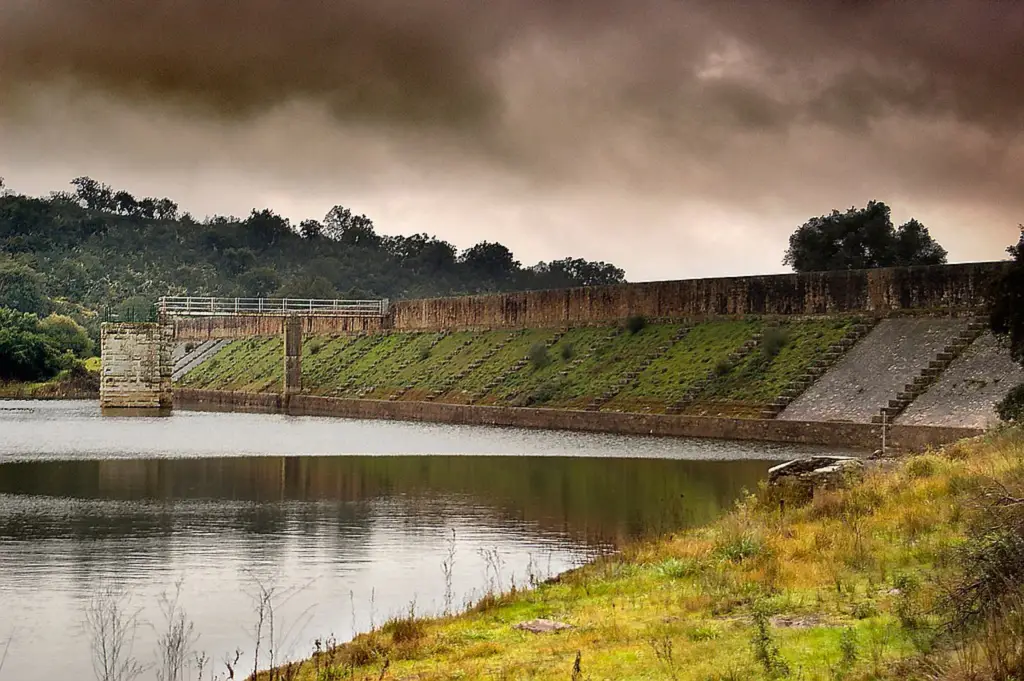
10. Byblos Port, Lebanon
- Originally Built: Circa 3,000 BC
- Location: Byblos, Lebanon
Considered the world’s oldest continuously operational port, the Byblos Port in Lebanon has facilitated trade in the eastern Mediterranean since its construction in 3,000 BC.
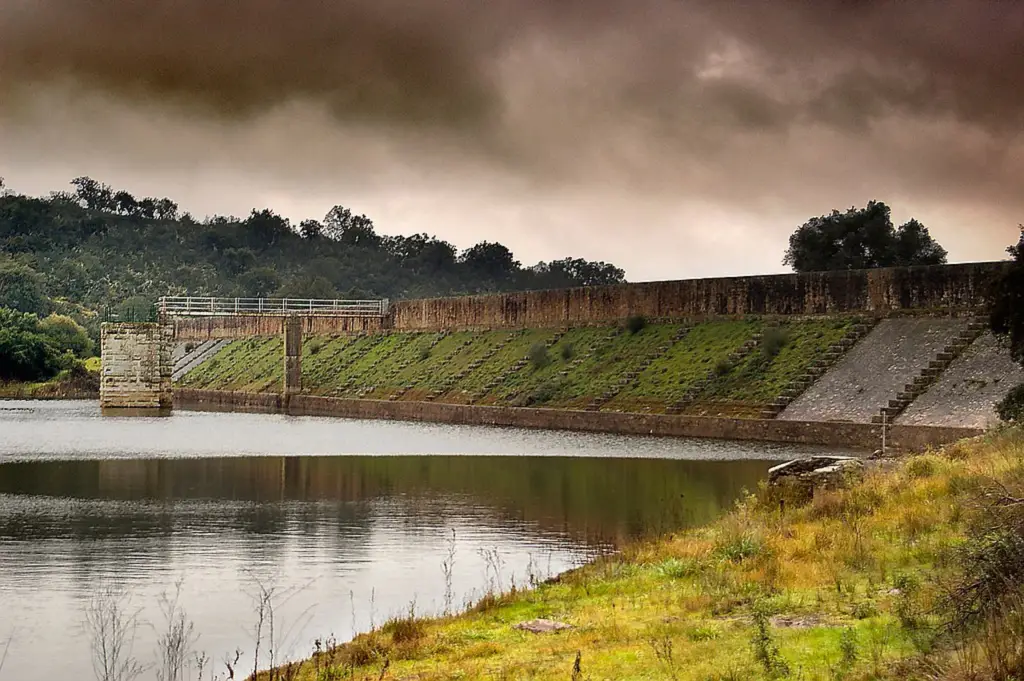
Conclusion
These ancient civil engineering projects not only showcase the incredible skills of our ancestors but also stand as living monuments to human innovation. As we marvel at these enduring structures, it prompts us to appreciate the lasting impact of civil engineering throughout history.
















